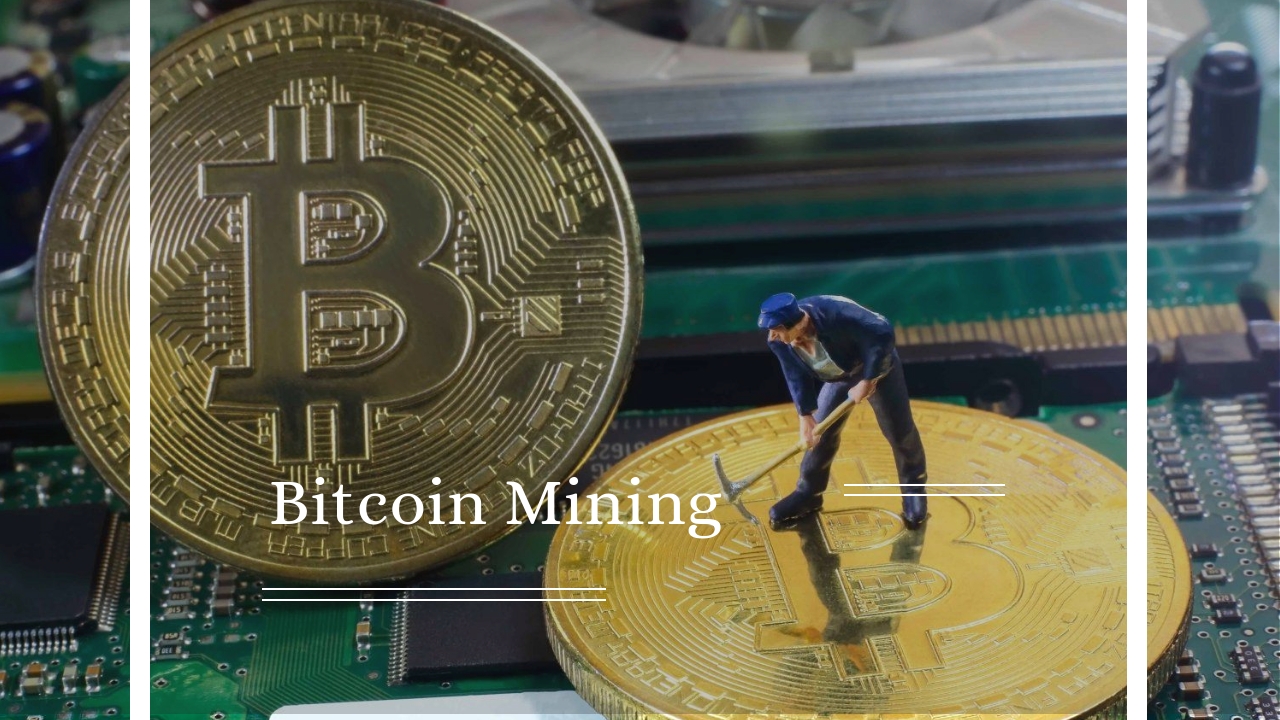Where do bitcoins come from? With paper money, a government decides when to print and distribute money. Bitcoin doesn’t have a central government.
With Bitcoin, miners use special software to solve math problems and are issued a certain number of bitcoins in exchange. Bitcoin miners help keep the Bitcoin network secure by approving transactions. This provides a smart way to issue the currency and also creates an incentive for more people to mine.
Bitcoin mining is the process of adding transaction records to Bitcoin’s public ledger of past transactions or blockchain. This ledger of past transactions is called the block chain as it is a chain of blocks. The blockchain serves to confirm transactions to the rest of the network as having taken place.
Bitcoin nodes use the block chain to distinguish legitimate Bitcoin transactions from attempts to re-spend coins that have already been spent elsewhere.
Bitcoin Mining is intentionally designed to be resource-intensive and difficult so that the number of blocks found each day by miners remains steady over time, producing a controlled finite monetary supply. Individual blocks must contain a proof-of-work to be considered valid. This proof-of-work (PoW) is verified by other Bitcoin nodes each time they receive a block.
How hard are mining, that depends on how much effort is being put. The difficulty of the mining can be adjusted, and is adjusted by the protocol every 2 weeks. Thus if more computational power is employed in mining, then the difficulty will adjust upwards to make mining harder. And if computational power is taken off of the network, the opposite happens.
The amount of new bitcoin released with each mined block is called the block reward. The block reward is halved every 210,000 blocks, or roughly every 4 years. The block reward started at 50 in 2009, is now 12.5 in 2018, and will continue to decrease. This diminishing block reward will result in a total release of bitcoin that approaches 21 million.




